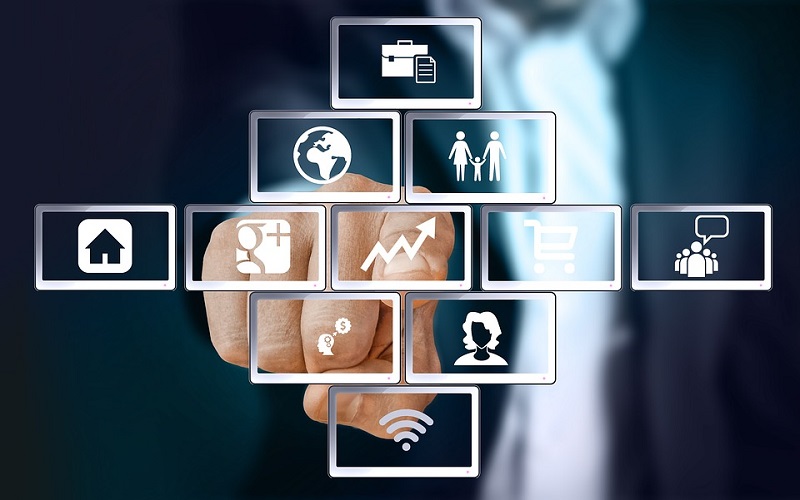We are no longer unfamiliar with the concept of the Internet of Things, but many people still don’t know what an Internet of Things platform is. An IoT platform is a key component of the IoT ecosystem. Simply put, it is a modular software technology that provides solutions for IoT device connectivity, device management, data management, application development, and advanced analytics. According to statistics, there were more than 300 IoT platforms last year, and this number continues to grow. The market compound annual growth rate (CAGR) of IoT platforms is 33%, and the market size is expected to reach US$1.6 billion by 2021.


So what is an IoT platform?
To understand what an IoT platform is, you first need to understand the complete IoT system architecture:
1. Perception and control layer: Such as sensors or devices that collect data from the environment (such as humidity sensors) or perform operations (such as watering crops).
2. Communication network layer: The hardware device needs a way to transmit all data to the cloud (such as sending humidity data), or receive commands from the cloud (such as watering crops). Some IoT systems may also have some intermediate components between the hardware and the cloud, such as gateways or routers.
3. Platform service layer: This software operates in the cloud and is responsible for analyzing the data collected from sensors and making instructions (for example, knowing from the humidity data that it just rained, and then commanding the irrigation system not to perform watering tasks today).
4. Application services layer: In order for these features to work, there needs to be a way for the user to communicate with the IoT system (for example, an application that displays a humidity dashboard that allows the user to manually turn the irrigation system on or off).
The Internet of Things platform is at the hub of the integration of software and hardware in the Internet of Things era. On the one hand, it shoulders the important task of managing the underlying hardware and providing upper-layer application services. On the other hand, it aggregates static and dynamic hardware attributes, sensory information, user identities, interactive instructions, etc. Message; the IoT platform has functions such as communication, data circulation, device management and applications. Different types of hardware devices and different network connection methods require a platform to integrate them. This is what the Internet of Things platform has to do.
IoT platform features
- Connect hardware devices
- Handle different communication standards/protocols
- Provide security and authentication for devices and users
- Collect, visualize and analyze data
- Aggregation with other application services
When is your business using an IoT platform?
Since the IoT platform is a software content platform that integrates IoT systems, few companies are good at all areas. IoT platforms can help companies overcome technical challenges without requiring them to solve every problem.
For example, your business project is to manufacture hardware equipment, but you want to make the hardware equipment intelligent. You don’t need to hire software engineers to develop systems because this work is time-consuming and costly. You can use the IoT platform to quickly set up operations and be more efficient.
But one thing needs to be considered. Although using an IoT platform can save time, it may be more expensive in the long run. The cost depends on its pricing method, because the platform will charge usage fees or subscription fees during use, and these fees will As time goes by, more and more time is involved, but the initial time cost is still greatly saved.
IoT platforms with less upfront investment may take more of your time. This means that when you spend less money, you have to spend more time getting some work done yourself.